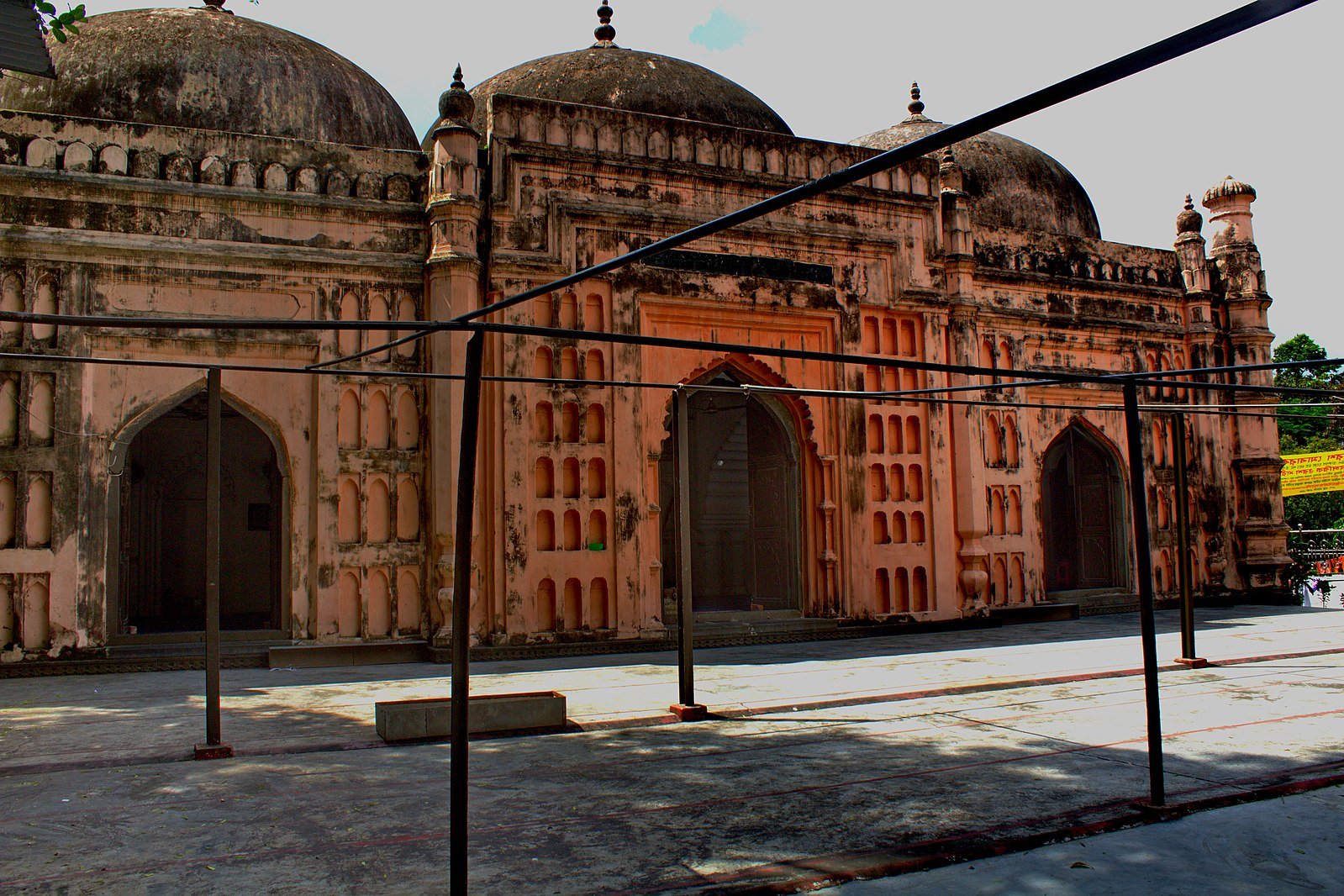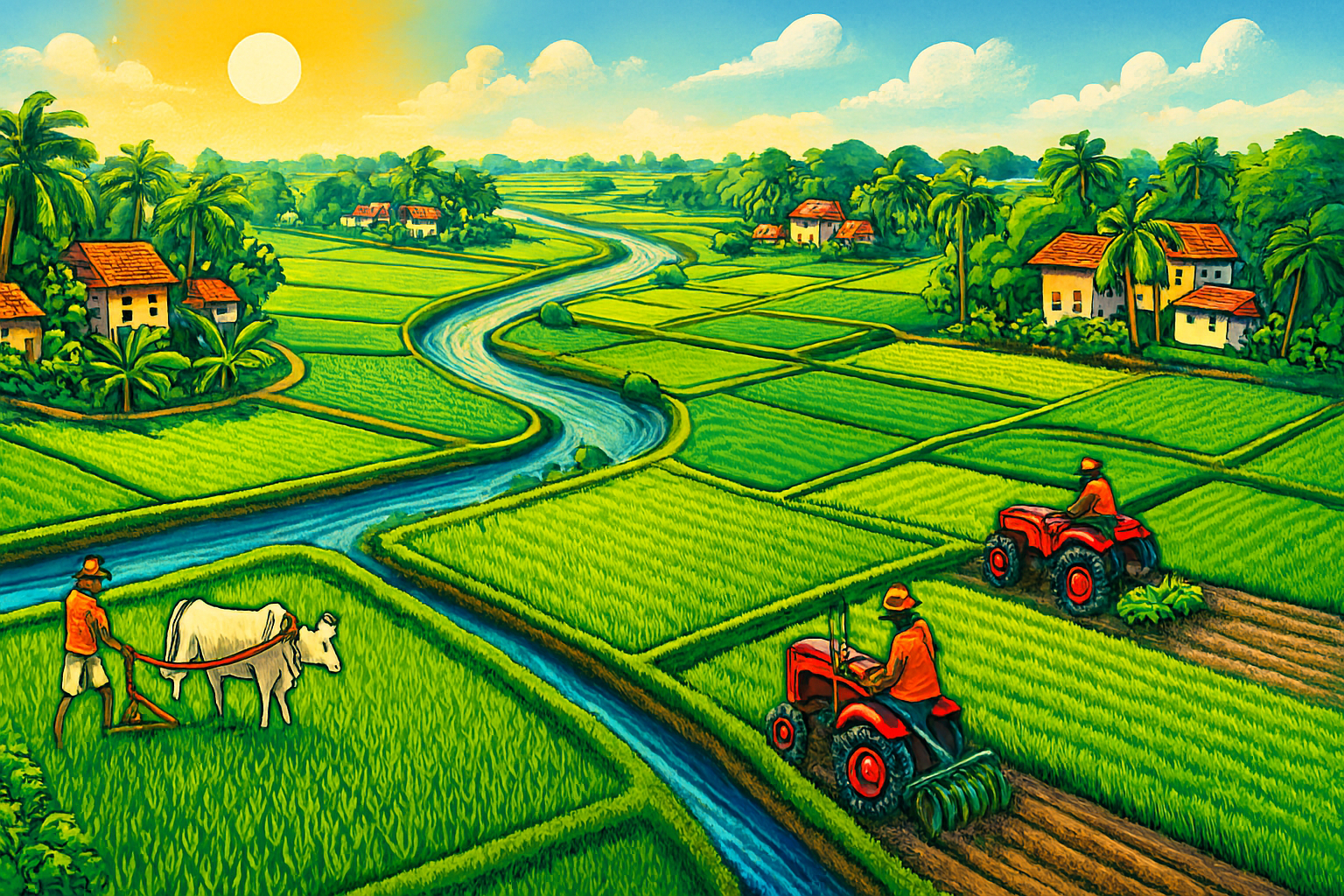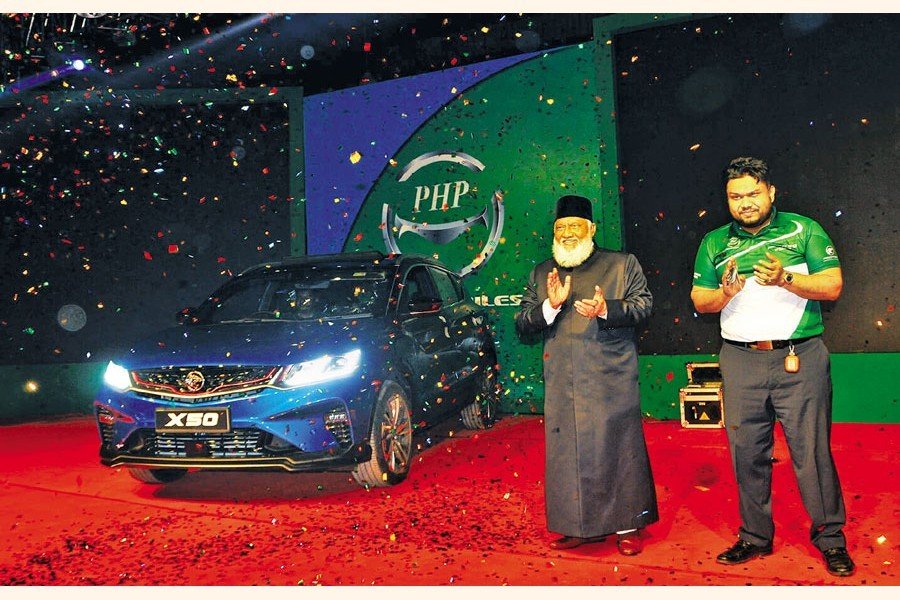Muktagacha Monda: The Sweet Treasure of Bangladesh

Muktagacha Monda: The Sweet Treasure of Bangladesh
Muktagacha Monda, the traditional sweet of Mymensingh has been delighting generations with its creamy texture, secret-recipe craftsmanship and cultural significance in Bangladesh. From its origins in the early 19th century to a certified product in the modern era, Muktagacha Monda is a remarkable example of how local heritage can gain global recognition.
A Sweet Born in Tradition
The origins of Muktagacha Monda begin in the town of Muktagacha, in the Mymensingh District of Bangladesh. One of its pioneers, Gopal Paul (born 1799 in Murshidabad, later settled in Muktagacha around 1823), is said to have created the sweet in 1824 at the behest of Maharaja Suryakanta Acharya Chowdhury.
According to local legend, Gopal Paul received the recipe in a dream, and the special combination of curd, sugar (and a secret ingredient) resulted in a confection that quickly earned fame in the region.
For many locals, this distinct sweet is more than dessert—it is a cultural emblem of Muktagacha and the wider Bangladeshi sweet-making tradition.
What Makes Muktagacha Monda Unique?
There are a number of craft, ingredient and heritage factors that help distinguish Muktagacha Monda from other sweets.
Ingredients & process: The sweet uses high-quality cow’s milk, curd, sugar and a secret ingredient that has been passed down through generations.
Freshness & no refrigeration: Often made fresh daily and served without refrigeration, thereby preserving taste and texture.
Family-run legacy business: The original shop run by Gopal Paul’s descendants remains the only branch located at 71 Jagat Kishore Road, Muktagacha town.
Cultural endorsement: The sweet has been enjoyed by eminent personalities from Bangladesh and abroad, including diplomats and global visitors, which adds to its prestige.
With these features, Muktagacha Monda represents not just a confection but a heritage craft—a standing example of intangible cultural traditions encoded in food.
Global Recognition: GI Status
Geographical Indication (GI) Certification
In a significant milestone, Muktagacha Monda achieved recognition as a geographical indication (GI) product of Bangladesh. The Department of Patents, Designs and Trademarks (DPDT) under the Ministry of Industry approved it in February 2024, making it one of the 28 GI-certified products in Bangladesh.
This certification means that only Muktagacha-based products made according to the traditional method can carry the name “Muktagacha Monda”. The GI status reinforces the product’s authenticity and promotes branding opportunities in domestic and international markets.
Why Global Appeal Matters
The GI recognition places Muktagacha Monda in a broader global context of regionally distinctive foods (such as Champagne, Parmigiano-Reggiano or Darjeeling tea). For export markets and tourism, such certifications build trust, traceability and cultural value.
For international food enthusiasts and heritage-food travelers, Muktagacha Monda offers a unique story: a dessert with centuries of legacy, deeply rooted in local tradition yet bearing a flavour profile that can intrigue global palates.
From Local Favourite to Cultural Ambassador
Over the decades, Muktagacha Monda has traversed local boundaries to become a cultural ambassador of Bangladesh’s sweet-making tradition. Visitors to Muktagacha often make it a stop when touring the region—whether for the historical Rajbari (zamindar’s palace) or sweet tasting.
The appeal isn’t just for Bangladeshi visitors; international diplomats and tourists have remarked on its distinct taste and heritage. Such global endorsements amplify how a local delicacy can attain international relevance.
Furthermore, the sweet is entwined with local life: it features prominently at weddings, birthdays and festivals in the Muktagacha region. Its presence in social rituals reinforces communal identity and collective memory.
Economic & Social Impact
The recognition of Muktagacha Monda as a GI-certified product carries economic, social and cultural benefits:
Livelihood Preservation: The certification helps protect the traditional makers and their methods, ensuring that the craft remains viable for future generations.
Tourism Boost: Food tourism is a growing global trend. A certified product like Muktagacha Monda can become a pilgrimage-site for gourmands and heritage travellers alike.
Regional Branding: The GI tag enables regional branding that can raise market value, open export possibilities and highlight Bangladesh’s culinary heritage on the world map.
Cultural Sustainability: By valuing and protecting local food traditions, communities safeguard intangible heritage, support identity formation and offer alternative development pathways anchored in culture.
Challenges and Future Prospects
Despite its heritage value and recognition, Muktagacha Monda (and similar crafts) face several challenges:
Maintaining Quality & Authenticity: With growing demand, there is always the risk of imitators, variations in recipe, or scaling that undermines traditional quality. The GI tag helps but must be actively managed.
Supply Chain & Export Readiness: To reach global markets, standards for packaging, shelf-life, export certification and logistics must be addressed, without compromising the fresh-made tradition.
Branding & Awareness: Yes, local awareness is high; but international awareness is still limited. Active marketing, storytelling and integration with food tourism could elevate its profile.
Technological & Business Upgrades: Modernisation of production, hygiene standards, digital ordering and e-commerce integration could broaden reach while maintaining heritage values.
Looking ahead, the future of Muktagacha Monda could include collaborations with culinary schools, food festivals, export-driven initiatives and heritage-tourism circuits. By combining tradition with innovation, this sweet can become not just a local delicacy but a global food icon.
Why Food Lovers Should Try Muktagacha Monda
For food enthusiasts outside Bangladesh, Muktagacha Monda offers several compelling reasons to explore:
Authenticity of craft: Rare are sweets with a documented lineage over nearly two centuries, built on family tradition and a secret recipe.
Unique flavour profile: The rich curd and sugar blend, fresh milk base and non-refrigerated serving give it a texture and taste unlike typical boxed sweets.
Cultural immersion: Eating Muktagacha Monda means tasting history, terroir (milk-supply region), and the collective identity of a community.
Story-rich experience: From the dream-inspired recipe to visits by global dignitaries, the story behind the sweet adds value beyond flavour.
Whether you are a sweet-tooth traveller, a food historian, or simply someone curious about regional glycaemic delights, Muktagacha Monda is worth seeking out.
Conclusion
The story of Muktagacha Monda is a powerful example of how a local food tradition can grow into a cultural asset with global resonance. From the dream of Gopal Paul in 1824 to the GI certification in 2024, this dessert has charted a remarkable journey, bridging generations and crossing borders. As more people seek authentic food experiences, the time is ripe for Muktagacha Monda to shine on the world stage.
If you find yourself in Bangladesh—especially in the Mymensingh region—make sure to visit Muktagacha, taste the original Monda, and witness how a sweet born of tradition continues to delight in the modern age.







